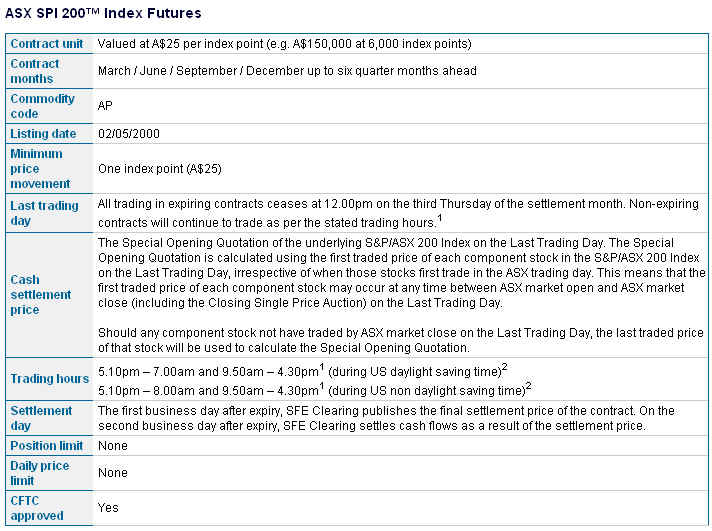Trading options may seem like a daunting concept, but with a clear understanding of its fundamentals and a few real-life examples, it can be as clear as day.

Image: pyqudow.web.fc2.com
What is Options Trading?
Options trading involves contracts that grant you the “option,” not the obligation, to buy or sell an underlying asset at a specified price (the strike price) before a certain date (the expiration date). These contracts trade on organized exchanges, and traders have the flexibility to choose whether they want to exercise the option (buy or sell) or let it expire worthless.
Types of Options:
- Call options: Give you the right to buy an underlying asset at a predetermined price.
- Put options: Grant you the right to sell an underlying asset at a predetermined price.
Both call and put options can either be “bought” (giving you the option to exercise) or “sold” (receiving a premium for giving someone else the option to exercise).
Options Trading Strategies:
There are various options trading strategies, from conservative to aggressive. Some common ones include:
- Covered call: Selling a call option against an underlying stock you already own.
- Protective put: Buying a put option to hedge against potential losses in a stock you own.
- Iron condor: A combination of four options contracts with different expiration dates and strike prices designed to profit from low volatility.

Image: pyqudow.web.fc2.com
Advantages of Options Trading:
- Leverage: Options offer the potential for high leverage, with the opportunity to control a larger position with less capital.
- Flexibility: Options contracts provide flexibility to tailor strategies based on risk tolerance and market outlook.
- Income generation: Selling options premiums can generate income while maintaining exposure to the underlying asset.
Understanding Options Pricing:
The price of an option depends on several factors, including the intrinsic value (the difference between the underlying asset’s price and the strike price) and the time value (the remaining time until expiration). Additionally, volatility, interest rates, and supply and demand influence option pricing.
Real-Life Options Trading Examples:
Consider the following examples to illustrate the practical application of options trading:
- Example 1: An investor owns 100 shares of Apple stock and is concerned about a potential decline. They buy a protective put option covering the next three months with a strike price slightly below the current stock price. If Apple’s price falls, the put option will gain in value, partially offsetting the losses in the stock position.
- Example 2: A trader expects a moderate rise in Tesla stock over the next few weeks. They purchase a call option with a strike price slightly above the current stock price and a shorter expiration period. If Tesla’s price rises, the trader can exercise the call option to buy at the strike price and potentially earn a profit.
Conclusion:
Options trading can be an effective financial tool when used strategically. By understanding its fundamentals and practicing with real-life examples, you can harness the potential benefits and manage the risks associated with it.
Are you ready to explore the exciting world of options trading? Start your research today and unlock new investment opportunities.
About Options Trading With Examples
FAQ:
Q: What is a premium in options trading?
A: The premium is the price paid or received for an option contract.
Q: What does it mean when an option expires OTM (out of the money)?
A: An option that expires with an underlying asset price that makes it worthless is said to expire OTM.
Q: Is options trading suitable for all investors?
A: Options trading carries significant risks and may not be suitable for all investors.
Q: What is margin trading in options?
A: Margin trading allows you to use borrowed funds to increase exposure to options contracts, but this also involves higher risk.






